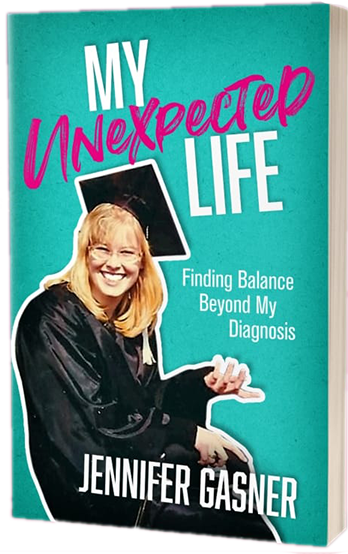“It all makes sense now,” I interrupted the blonde nutritionist across from me at the gym I went to. She had been explaining how eating more salad would help me lose weight since taking a traditional exercise class wasn’t going to work for me. I stared into the cloud of particles of dust in the air that were highlighted by the beam of light in her office.
“What? Am I not explaining…?” She looked at me with confusion and concern.
Her question snapped me back to her smooth face and taught body. I stopped myself from rolling my eyes. I know I need to eat better… “Sorry, I just realized why I don’t eat salads.” My hands gripped the armrests on my wheelchair.
“It’s because salads require using a fork to stab everything. My hands don’t do that well.”
This scene led me to start thinking of accessibility in relation to something I had never considered in my two decades of wheelchair use—food.
I realized that most of my food choices had been based on how easily I could manipulate them and I prefer using my hands versus any utensil.
The motion of bringing the food to my mouth on a fork isn’t difficult. But keeping the food balanced on the implement so it doesn’t scatter along the way is a challenge. My wrists can move slightly, sending the food down to my lap, the floor, etc. My dogs love it when I eat anything because they know I will probably drop some remnant of bread, meat, or vegetable on the floor, within their tongue’s reach.
I am high maintenance when it comes to eating out. My requests for different plates or spoons aren’t always met with harmony but resentment. I’m not too fond of salads on a plate because stabbing the light-weighted greens and bits of fixings is often a chase involving several attempts. I avoid rabbit food altogether unless I ask for it to be served in a bowl. Bowls have sides, making getting the food on a fork easier. I like my soup in a coffee mug so I don’t have to fumble with getting a spoon full of hot liquid to my mouth. Large pieces of meat, requiring cutting, I stay away from–unless someone who can dissect the food is with me or I ask the staff to do it for me.
In addition, the way I eat makes me a little self-conscious—will people be disgusted by me, will I continually drop my fork, spill my drink? I have never watched myself eat, but I imagine I open my mouth too wide, spill some, shove the food in, spill more, then chew like a cow with a mouthful of hay.
At home, I don’t give a shit what I look like. I am a messy eater, one that wears an apron like a bib—protecting my clothes from the shower of rice, pasta sauce, and greens. (The dogs get those bits too.)
I am lucky because, at the current moment, my non-disabled boyfriend takes care of meal prep and cuts my food into appropriate sizes. I get my bowls for everything, including salads. My soup is served in a mug. Everything is done intrinsically, without me having to ask for special treatment. I still have to chase the shavings of salad fixings around the edges.
I’ve had to adapt the utensils I use at home, favoring the thick-handled ones to the conventional tableware. I have a plate guard, a clip-on-1-inch tall rail to help contain and scoop up food. But I have yet to use it just because I hardly go out to restaurants anymore due to COVID. I bring restaurant fare home, to MY bowls, MY forks, and MY way of eating.


Recent Comments